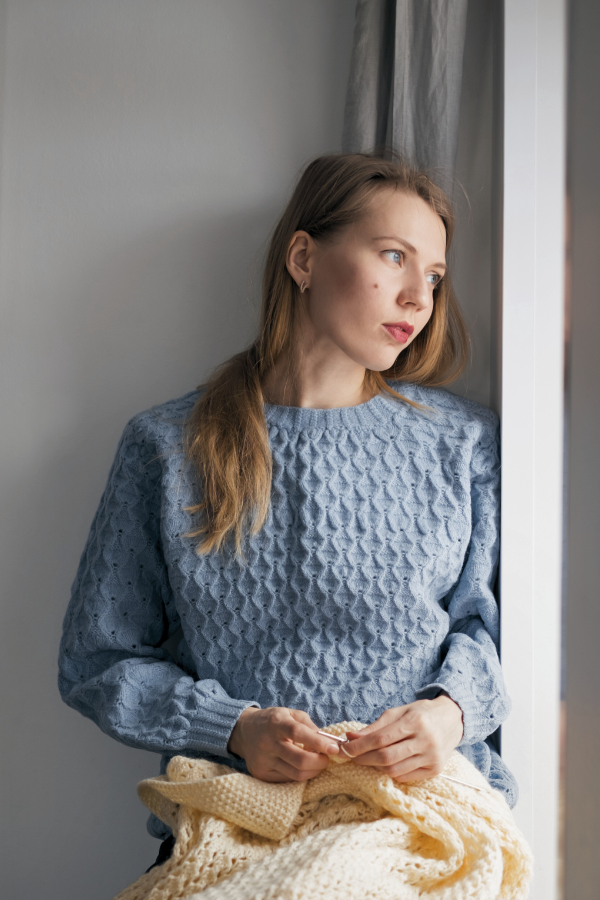

Metal vs. Wood vs. Plastic: These Are the Best Knitting Needles for Every Type of Project
Summary
Reflection Questions
Journal Prompt
Whether you opt for wooden needles or plastic ones, circular needles or straight needles, selecting the right knitting needles for a project influences both the knitting process and the final product. The material from which these needles are crafted—be it metal, wood, or plastic—plays a pivotal role in this. Each material offers distinct characteristics that can either enhance or hinder the knitting experience, affecting the speed of knitting, the tension of the stitches, and the overall comfort of the knitter. Understanding these nuances is essential for both novice and experienced knitters, as it allows for a more informed choice that aligns with the specific requirements of their projects and personal preferences. What are the pros and cons of plastic vs metal vs wood knitting needles? Let’s take a closer look. Don’t pop out for a set of new knitting needles before reading our guide!
Six Common Types of Knitting Needles
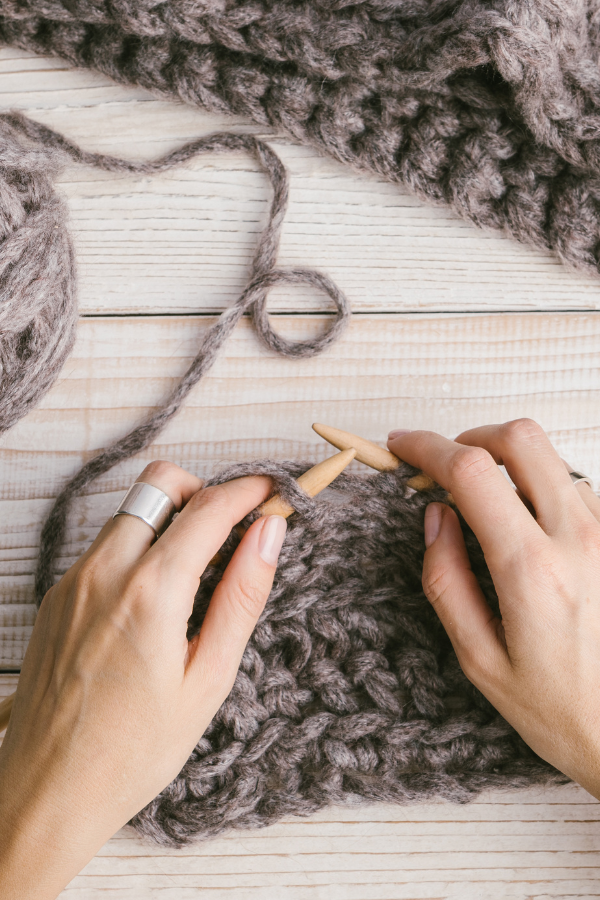

Before we discuss whether wooden knitting needles are superior to plastic and metal needles, let’s briefly cover the different types of needles. From fixed circular needles and double pointed knitting needles to interchangeable needles and straight needles, every beginner knitter must know the difference. Each type of knitting needle caters to specific knitting needs and preferences, offering different functionalities for creating a wide range of knitting projects. The choice of needle type depends on the project’s requirements, the yarn being used, and the knitter’s comfort and experience level.
Straight Needles: These are the most traditional type of knitting needles, long and straight with a point at one end and a knob at the other to prevent stitches from slipping off. They’re used primarily for flat knitting, such as scarves or dishcloths.
Circular Knitting Needles: Comprising two short needle tips connected by a flexible cable, circular needles can be used for both flat and circular knitting. They’re ideal for projects like hats, socks, and sweaters, allowing knitters to accommodate a large number of stitches and manage bulky projects with ease.
Double Pointed Needles (DPNs): These needles have points at both ends and come in sets of four or five. A double pointed needle set might be used for knitting small circular projects in the round, such as socks, mittens, and hat crowns, without showing a seam.
Interchangeable Knitting Needles: These needles offer versatility, consisting of separate needle tips and cables that can be mixed and matched to achieve different lengths and sizes. They’re similar to circular needles but provide more flexibility for various projects.
Cable Needles: These are short needles with a curve or notch in the middle, designed specifically for holding stitches temporarily when knitting cables. Their unique shape helps prevent stitches from slipping off while working on cable patterns.
Tunisian Crochet Hooks or Afghan Needles: Although primarily used for Tunisian crochet, these long hooks with a stopper at the end can also be used for knitting certain types of projects. They resemble a cross between a crochet hook and a knitting needle.
Selecting the Right Length and Diameter


Selecting the appropriate needle gauge (width or diameter) and length is a combination of following pattern or yarn recommendations, considering the specifics of your project, and accounting for your personal knitting style and comfort preferences. Always knitting a gauge swatch before starting the main project can help ensure you choose the best needle size for your needs. Here’s how to make those choices.
Choosing the Gauge
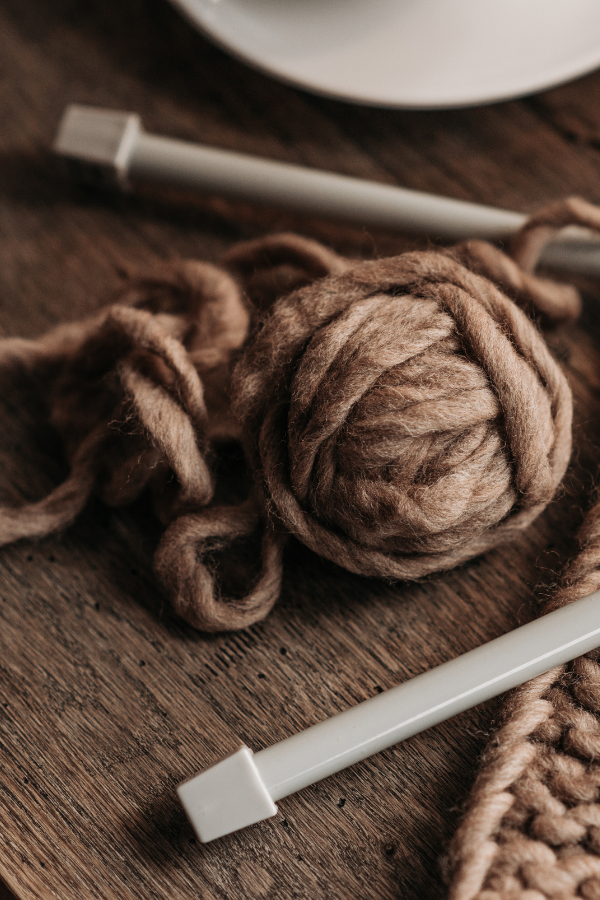

The width of the knitting needles, often referred to as the size or gauge, directly affects the size of the stitches and, consequently, the knit fabric’s density and drape. Start by following the pattern recommendations. Most knitting patterns specify the needle size required to achieve the intended results. This is the best starting point, as the designer has calculated the gauge to ensure the finished dimensions match the pattern.
If you’re not working from a pattern, use the yarn’s recommended needle size as a guideline. Yarn labels typically suggest an appropriate needle size to achieve a standard gauge. Lighter weight yarns (e.g., lace or fingering) generally require thinner needles, while bulkier yarns need thicker needles.
Knitting a swatch is the most accurate way to determine the right needle size for your project, especially if your knitting tension differs from the norm. If your swatch is too tight (more stitches per inch than needed), try a larger needle. If it’s too loose (fewer stitches per inch), switch to a smaller needle.
Choosing the Length
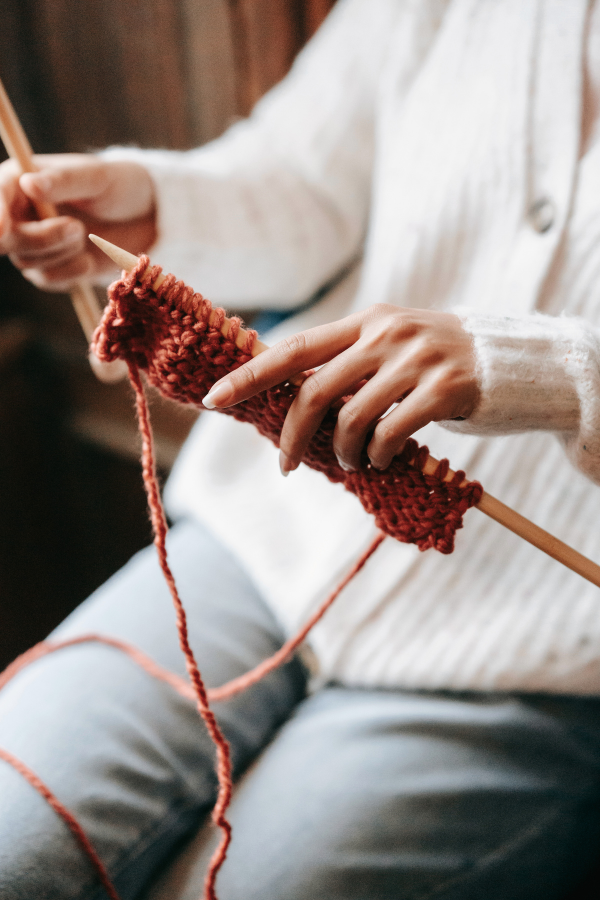

The length of the knitting needles affects how many stitches you can comfortably hold at one time and can influence your knitting comfort and speed. The nature of your project will largely dictate the length of the needles you choose. For small, flat projects like scarves or dishcloths, short straight needles or circular needles can be convenient.
For larger projects like blankets or afghans, longer circular needles allow you to accommodate a large number of stitches. The cable length of circular needles can vary greatly, so choose a length that can comfortably hold your project’s width. For projects knit in the round (like hats, socks, or sleeves), circular needles or DPNs (double-pointed needles) are necessary. The length of the circular needle (cable length) should be less than the circumference of your project to maintain tension easily.
Personal preference and knitting style also play a role in needle length choice. Some knitters find longer needles cumbersome or uncomfortable, especially if they knit in tight spaces (like on a crowded train). In contrast, others may find longer needles provide better leverage and comfort.
For maximum versatility, consider investing in a set of interchangeable circular needles, which allow you to change both the needle size and the cable length. This way, you can adjust the needle configuration to suit a wide range of projects without needing a new set of needles for each project size or type.
Metal Knitting Needles
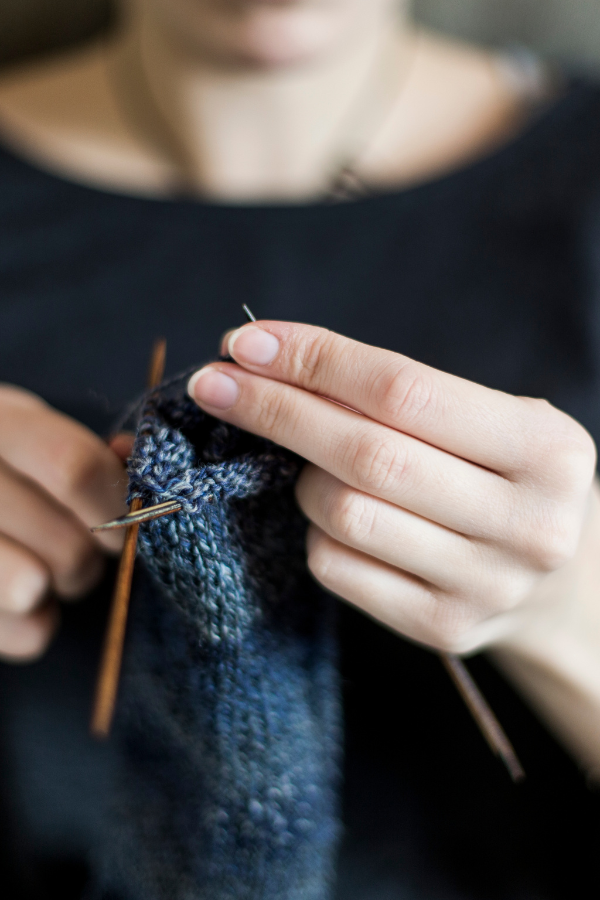

Metal knitting needles are sleek and durable, making them a preferred choice for many knitters seeking precision and speed in their projects. Crafted from materials such as aluminum, brass, or nickel, these needles offer a smooth glide that allows stitches to move effortlessly from one needle to the other, facilitating a quicker knitting process. This characteristic is particularly beneficial for intricate patterns that require frequent needle adjustments and for knitters who prioritize efficiency in their work.
Furthermore, the strength and rigidity of metal needles ensure they maintain their shape over time, providing a reliable tool for knitting. Carbon knitting needles, in particular, are strong and lightweight. Their sharp tips are adept at catching fine yarns, making them ideal for detailed work such as lace knitting.
However, their slick surface can be a double-edged sword, as it may lead to stitches slipping off more easily, posing a challenge for beginners or those working with very slippery yarns. Moreover, the metallic composition means these needles can feel cold to the touch, a minor inconvenience that can become uncomfortable in cooler environments or during prolonged use.
For Which Projects Are Metal Knitting Needles Best?
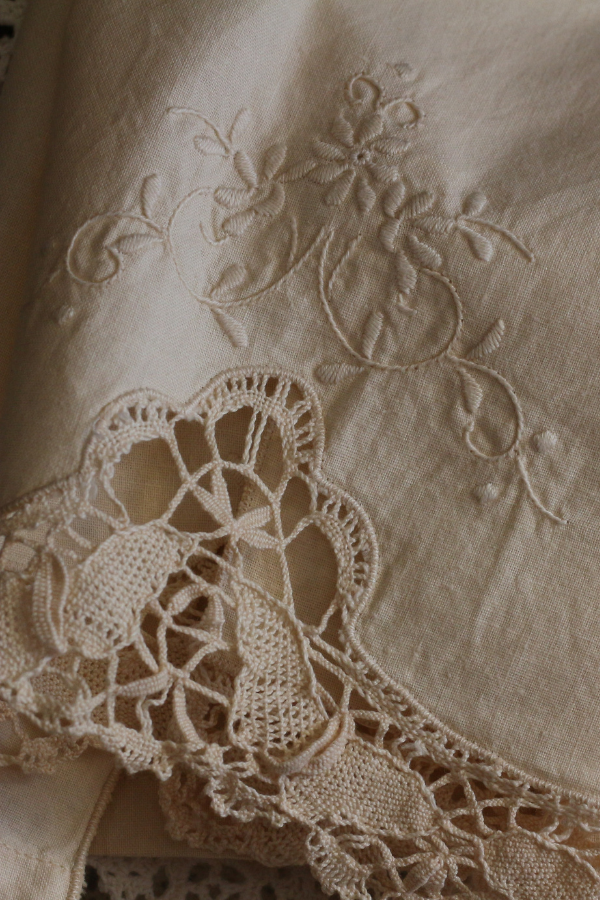

Metal needles are particularly suited to lace patterns and projects utilizing fine yarns, where their characteristics can be leveraged to great effect. When it comes to yarn compatibility, metal needles exhibit a particular affinity for wool and wool blends. The natural texture of these yarns interacts well with the metal’s smoothness, minimizing slippage without compromising the speed of knitting. This synergy between needle and yarn ensures that projects not only progress efficiently but also with the quality and definition that intricate patterns demand. If you’re a tight knitter, you might also prefer metal needles.
Wooden Knitting Needles
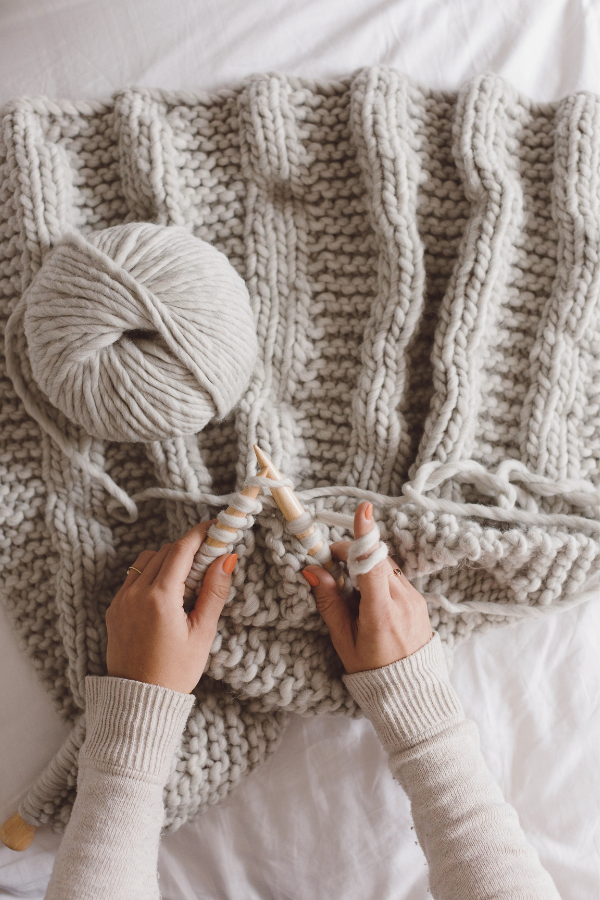

Crafted from a variety of woods—bamboo, birch, rosewood, and ebony, to name a few—these needles bring a natural warmth and texture that is both comforting and inviting to the touch. Their distinctiveness lies not just in the material’s organic qualities but also in the subtle variations in color, grain, and finish that make each pair uniquely charming.
This natural appeal is complemented by the wood’s inherent warmth, making knitting a more comfortable experience, particularly during extended sessions. The tactile nature of wood also offers a different knitting rhythm, often considered more soothing and less mechanical than their metal or plastic counterparts.
Benefits of Knitting With Wooden Needles
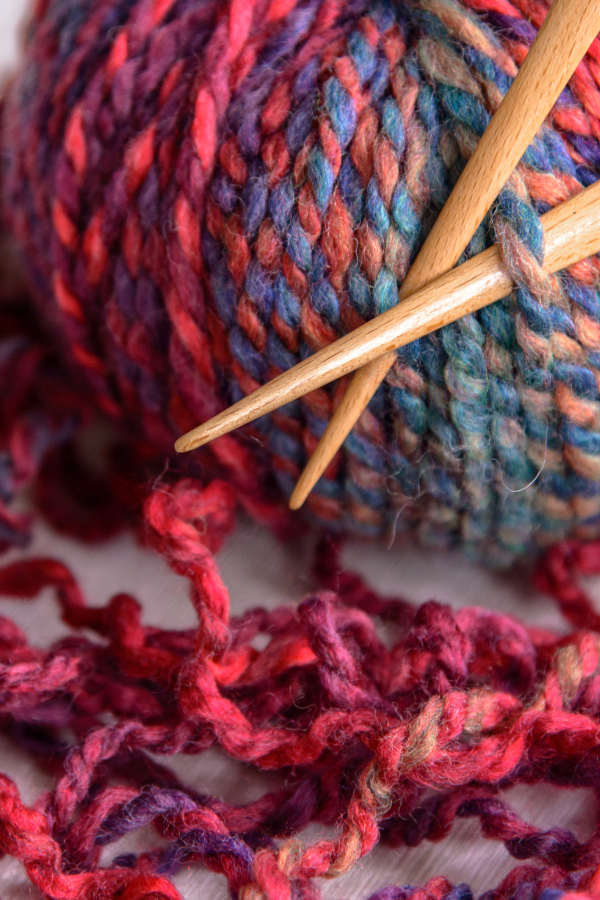

Wooden knitting needles (particularly bamboo needles) can enhance the knitter’s comfort and ease of use. Their warm, natural feel in the hand significantly reduces hand fatigue, making them a favorite for prolonged knitting sessions.
For beginners and loose knitters, the slightly textured surface of wood needles provides a much-needed grip on the yarn, reducing the likelihood of stitches slipping off and facilitating the learning process. This grip, coupled with the lightweight nature of wood (again, especially bamboo knitting needles), makes these needles easier to handle and maneuver, especially when tackling larger projects that can become cumbersome with heavier needles.
Potential Downsides of Using Wooden Needles
However, wood knitting needles do have their drawbacks. The very nature of wood means that these needles can be prone to breakage, particularly the thinner sizes, which may not withstand the tension and pressure exerted during tight knitting.
Additionally, while the grip they offer is advantageous for managing slippery yarns, it can become a hindrance when working with more textured yarns, potentially slowing down the knitting process for those who prefer a speedier execution. Another consideration is the variability in surface smoothness, which can vary significantly with the type of wood and the finish applied, affecting the uniformity of the knitting experience across different needle brands and models.
For Which Projects Are Wooden Knitting Needles Best?
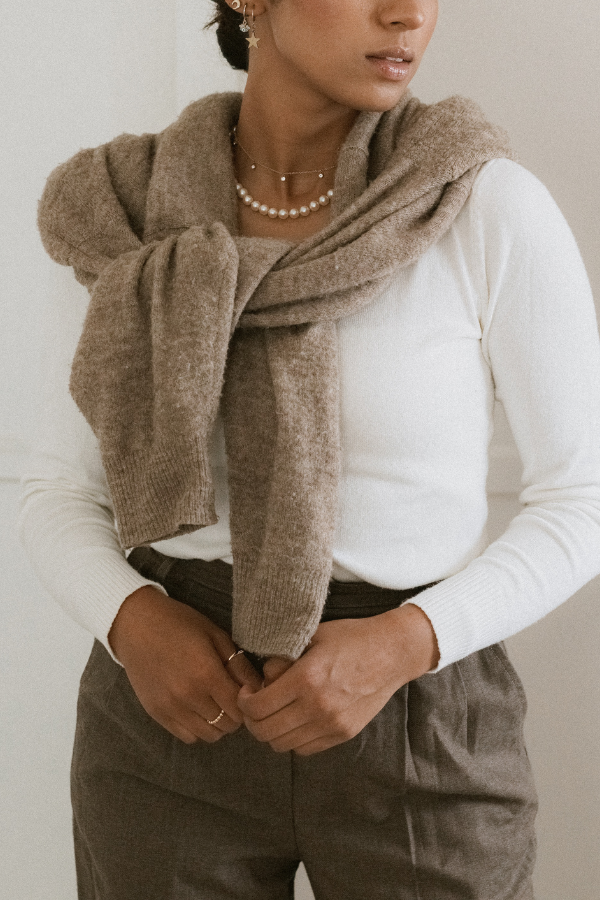

When it comes to selecting projects best suited for wood knitting needles, they shine in scenarios where gentler tension is required or preferred. They are particularly beneficial for beginners who are just getting a feel for knitting, providing a forgiving and manageable tool for mastering basic stitches.
For projects like chunky sweaters or cozy blankets, where the yarn itself provides substantial bulk and texture, the natural grip and lightweight of wood needles make them an ideal choice, allowing for a comfortable, steady pace of work without sacrificing control over the stitches.
In terms of yarn compatibility, wood knitting needles excel with slippery yarns such as silk, bamboo, or some synthetics, where their natural grip can prevent the yarn from sliding off the needle unintentionally. This characteristic makes them particularly suited for projects that utilize these more challenging yarns, ensuring that the knitter can maintain a consistent tension and enjoy a smoother knitting experience, free from the frustrations of dropped stitches or uneven work.
Plastic Knitting Needles
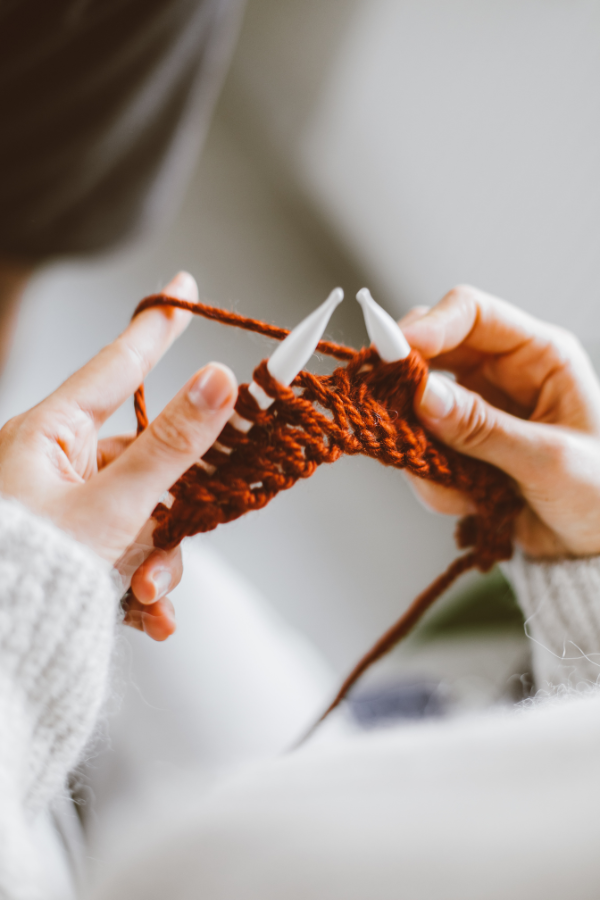

These knitting needles are made from a variety of plastics, which can range from basic acrylic to more durable polymers, tailored to meet the needs of knitters of all skill levels. One of the defining features of plastic needles is their lightweight and somewhat flexible nature, making them a comfortable choice for long knitting sessions.
Acrylic needles are available in a wide array of sizes and vibrant colors, adding a fun visual element to the knitting process. The affordability and availability of plastic knitting needles make them an accessible option for beginners looking to experiment with different needle sizes and types without a significant investment.
Advantages of Knitting with Plastic Needles
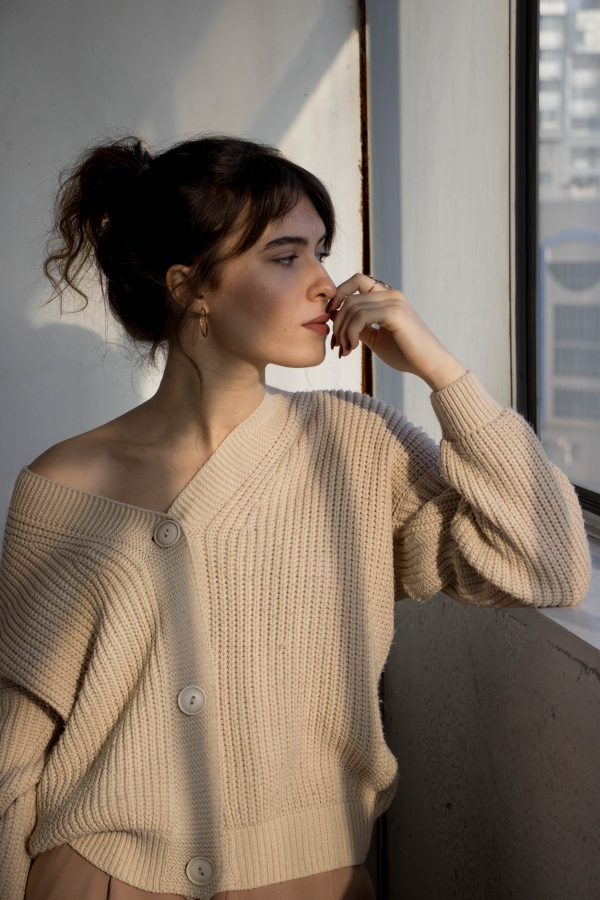

The advantages of plastic knitting needles are particularly appealing to a broad spectrum of knitters. Their lightweight construction significantly reduces hand strain, making them an excellent choice for knitters who may be prone to hand fatigue or those tackling large projects. The flexibility of plastic needles can also be a boon for certain knitting styles, offering a degree of give that can be gentler on the hands.
Plastic needles are usually the most cost-effective option, especially when purchasing interchangeable sets that offer a range of sizes and cable lengths. Additionally, the warmth they retain makes them more comfortable to use in colder environments, where metal needles might feel too cold to the touch.
Disadvantages of Plastic Knitting Needles
However, plastic knitting needles do come with their set of drawbacks. Under high tension, these needles may bend or even break, posing a challenge for knitters who have a tighter grip or use heavier yarns.
The quality of the finish on plastic needles can be inconsistent; lower-priced options might have a rougher surface that can catch and snag yarn, disrupting the knitting rhythm. Furthermore, plastic’s propensity to accumulate static electricity means these needles can attract dust, hair, and other small particles, which can be a nuisance during the knitting process.
For Which Projects Are Plastic Knitting Needles Best?


When considering the best projects for plastic knitting needles, their attributes make them particularly suited for large, voluminous projects such as afghans, rugs, or bulky sweaters. The light weight of these needles eases the handling of heavy knitted pieces, reducing the risk of hand fatigue. This makes them a practical choice for projects that require extensive periods of knitting and where the overall weight of the material could become cumbersome with heavier needle types.
In terms of yarn compatibility, plastic knitting needles exhibit a versatile performance across a wide range of yarn types. They are especially advantageous when working with heavy or bulky yarns, where their light weight and flexibility can help manage the yarn’s bulk and texture more comfortably. The slight texture of plastic needles also provides a moderate grip on the yarn, offering a balance between the slickness of metal and the grip of wood needles, making them a flexible option for various knitting projects and preferences.
Final Thoughts on Selecting the Right Knitting Needles for Each Project
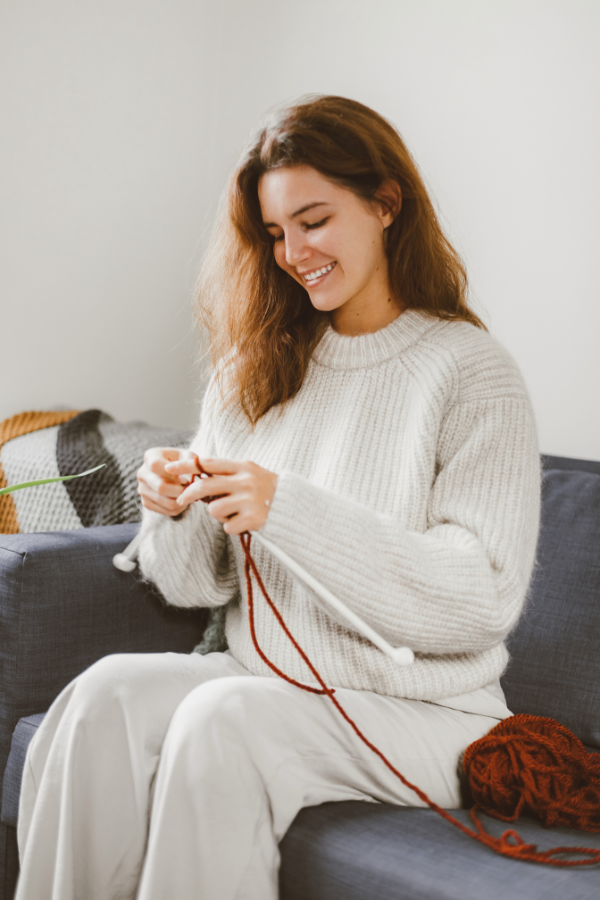

Each material offers distinct advantages and challenges, affecting your knitting speed, stitch definition, and overall comfort. It’s essential to consider not just the project at hand and the yarn you’re using but also your personal knitting style when selecting your tools. Whether you prefer the swift efficiency of metal needles, the warm comfort of wood, or the lightweight versatility of plastic, experimenting with different types of needles can vastly enrich your knitting experience.
By doing so, you’re not just building a versatile toolkit but also honing your skills and preferences as a knitter. Ultimately, the right needle for the job is the one that feels best in your hands and meets the needs of your current project, enabling you to knit more efficiently and enjoyably.








